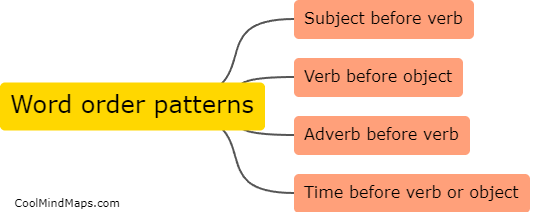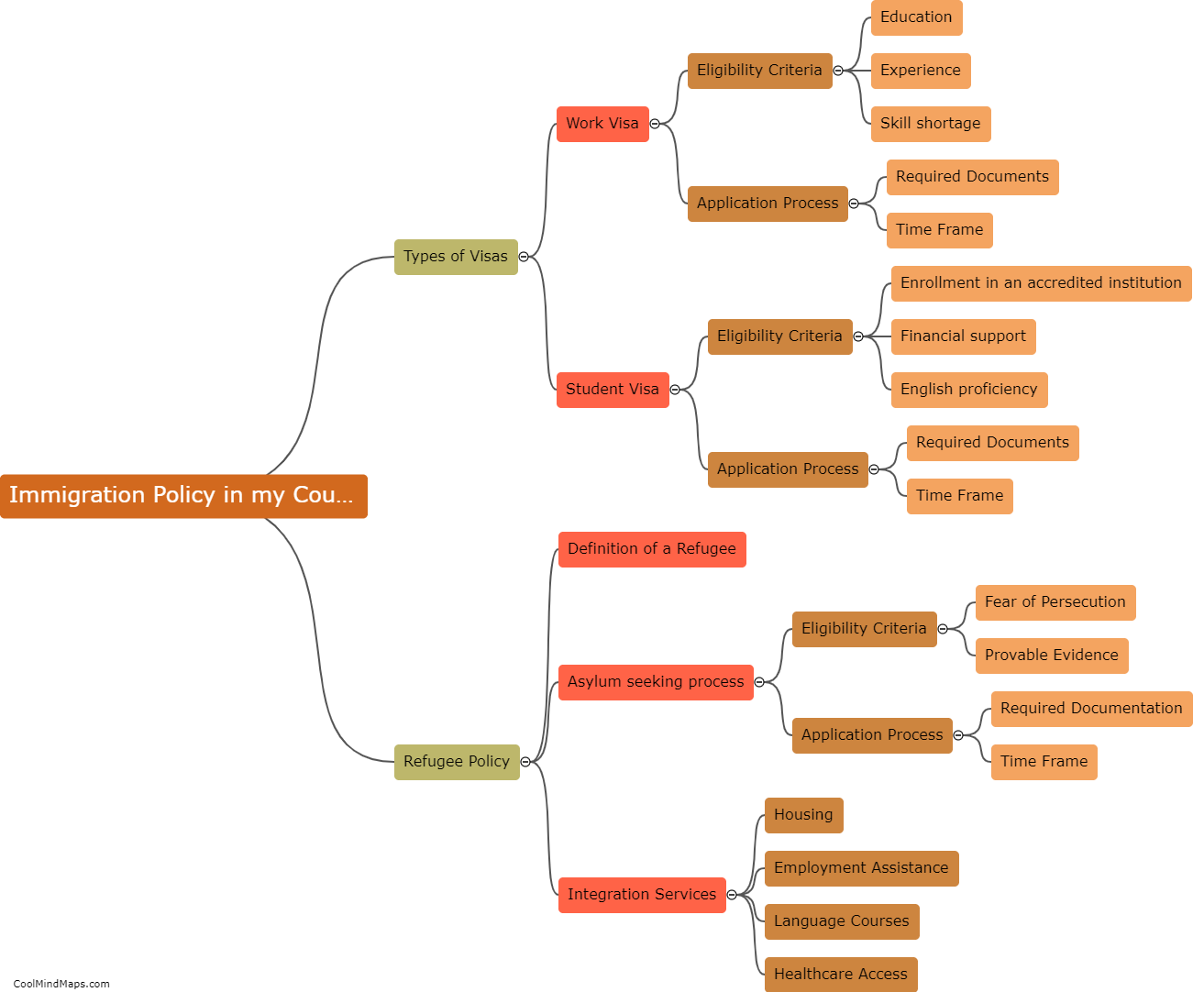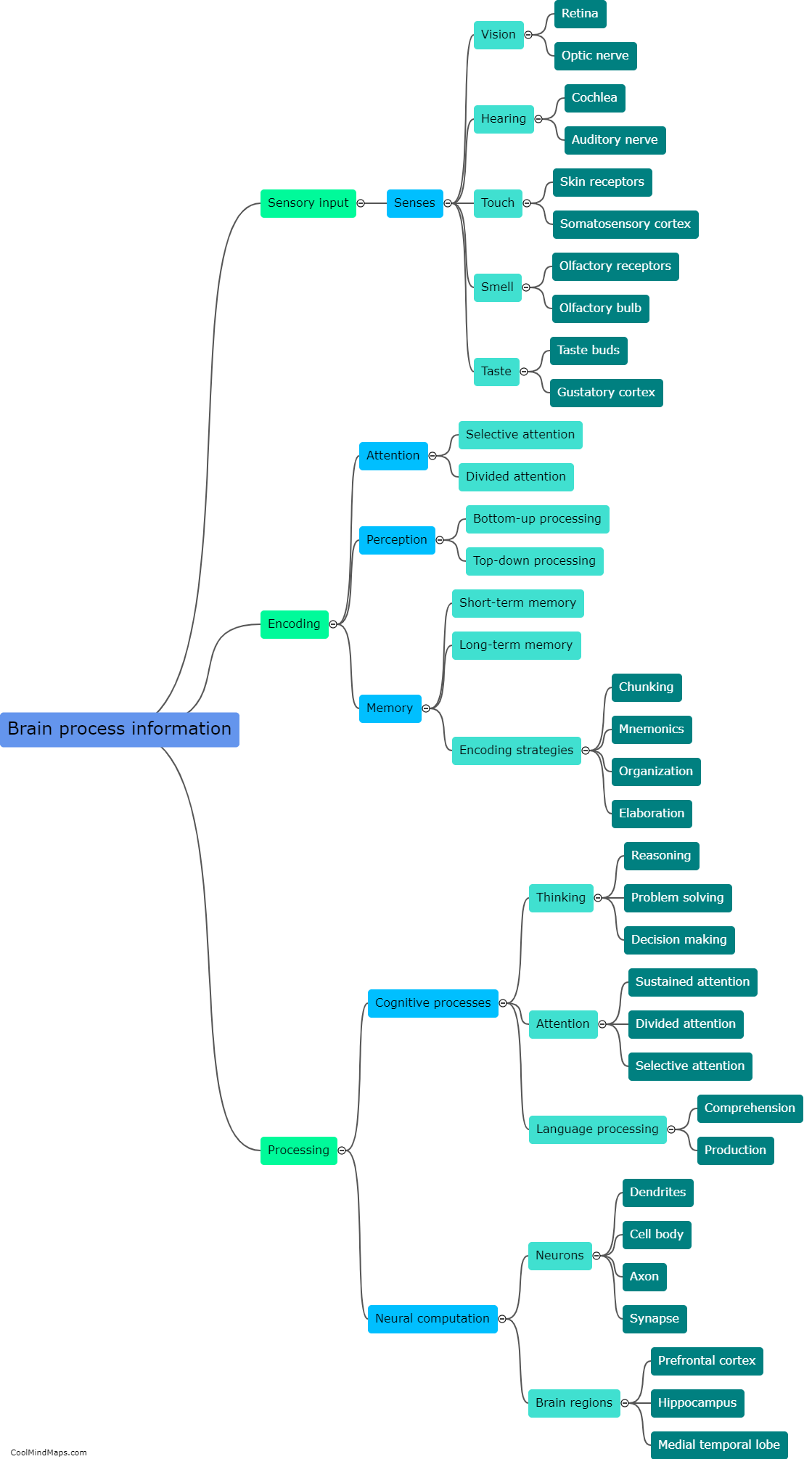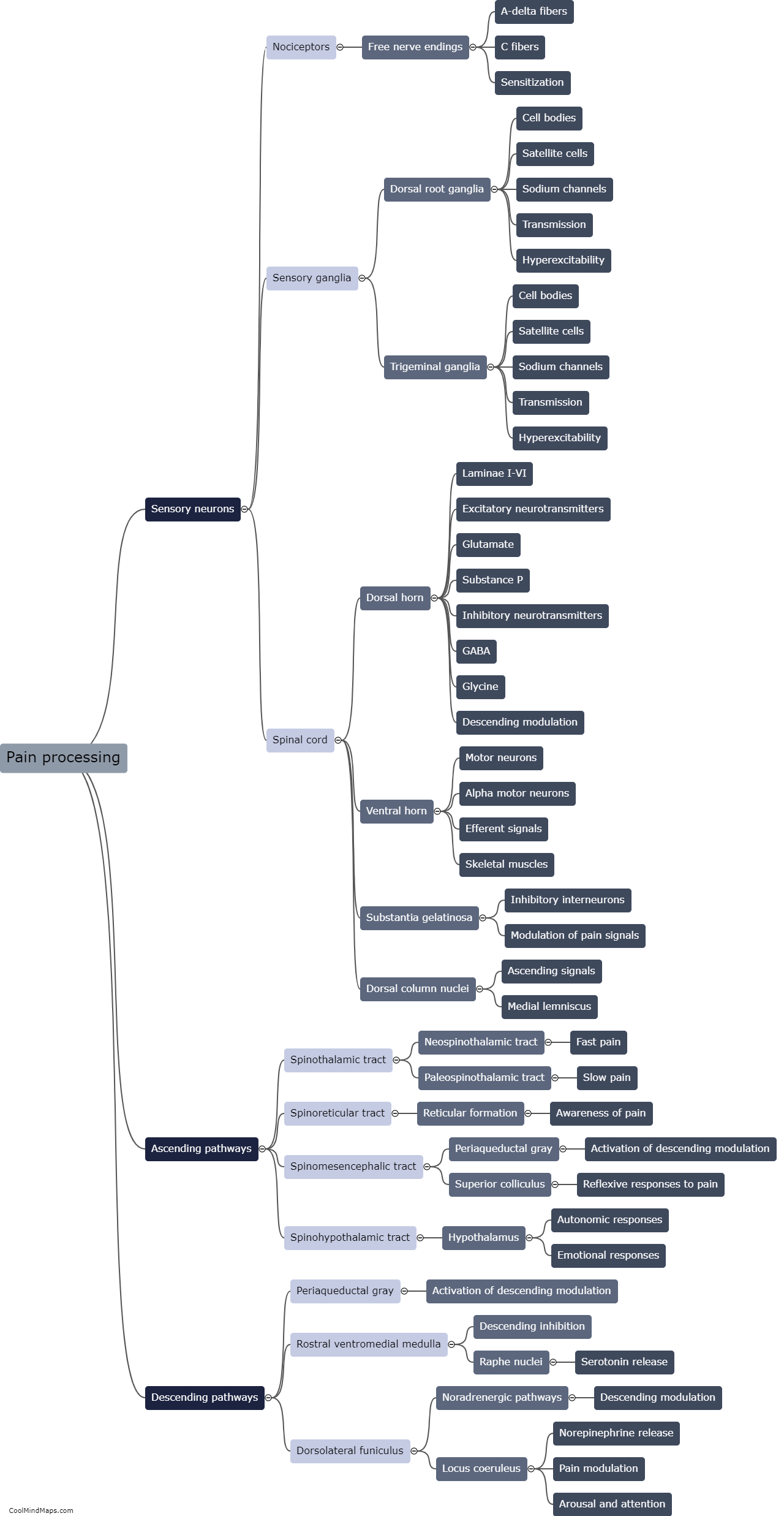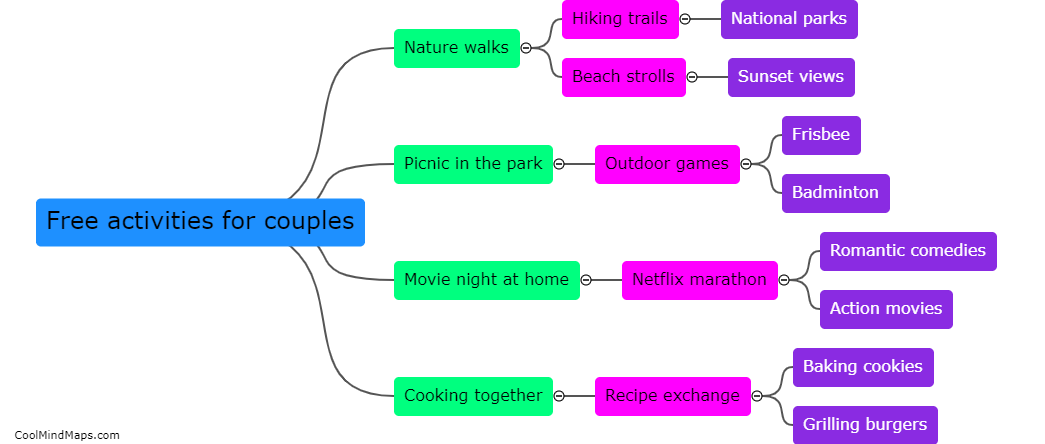How does the brain encode, store, and retrieve information?
The brain has intricate mechanisms for encoding, storing, and retrieving information. When we experience something new, such as learning a new fact or a face, neurons in specific regions of the brain form connections and generate electrical signals, creating neural patterns that represent the information. This process of encoding involves strengthening the synapses between neurons, making them more efficient at transmitting signals. Once encoded, the information is stored in different regions of the brain, depending on its nature. For instance, memories of facts may be stored in the neocortex, while emotional memories can be stored in the amygdala. Retrieving information involves activating the neural patterns associated with that information, which triggers the recall of the memory or knowledge. This process is facilitated through various cognitive and neurochemical processes, such as attention, association, and neurotransmitter release. Overall, the brain's ability to encode, store, and retrieve information is a complex and intricate process that plays a crucial role in our overall cognitive functioning.
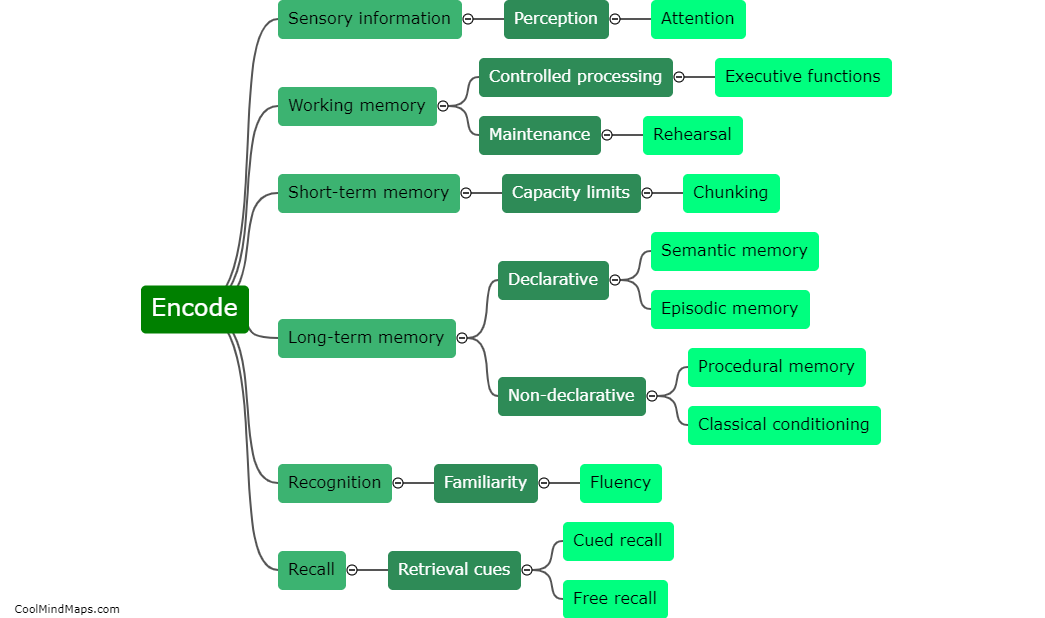
This mind map was published on 20 October 2023 and has been viewed 90 times.

